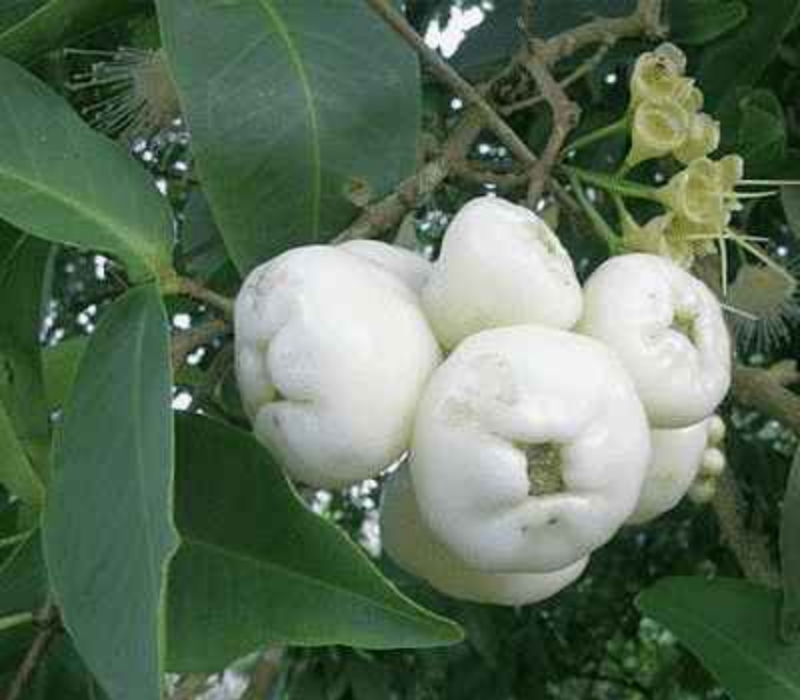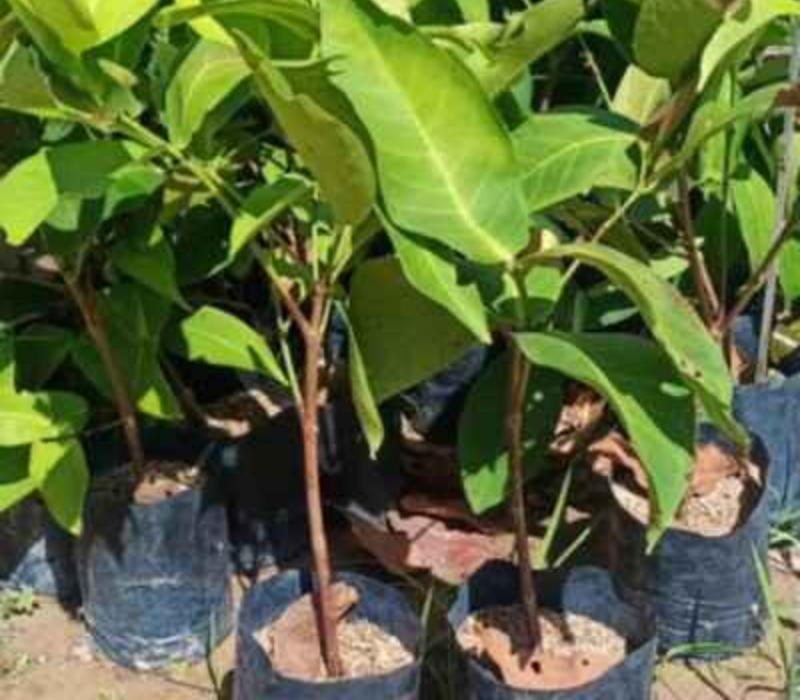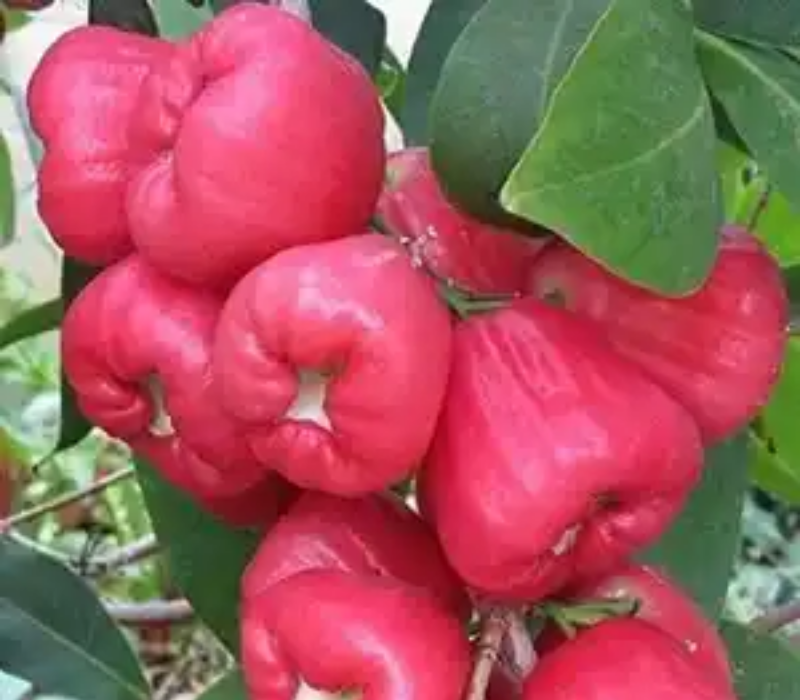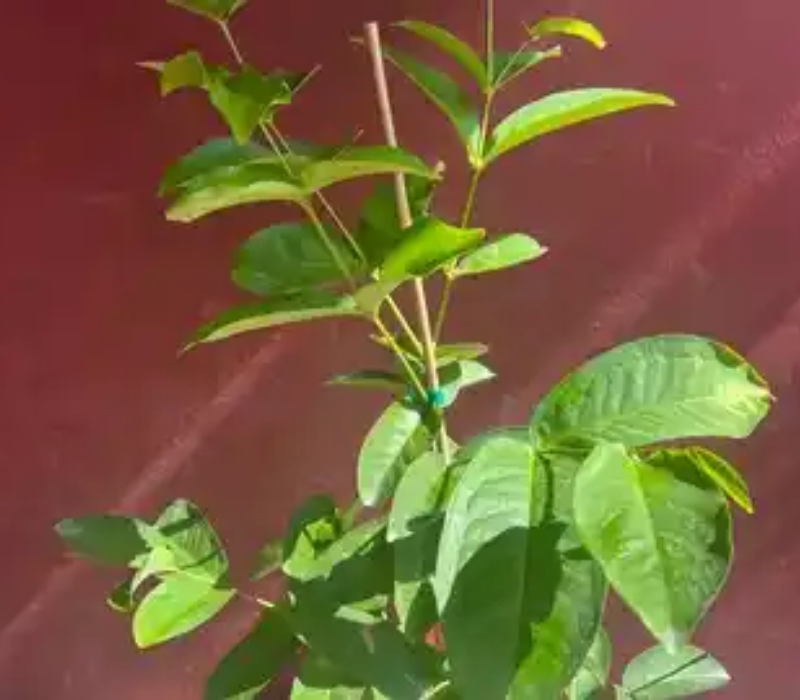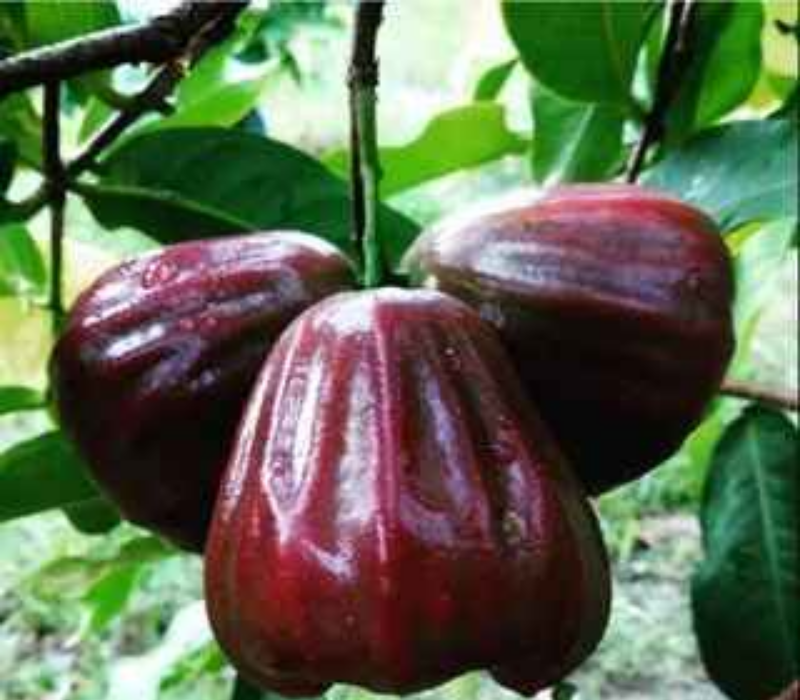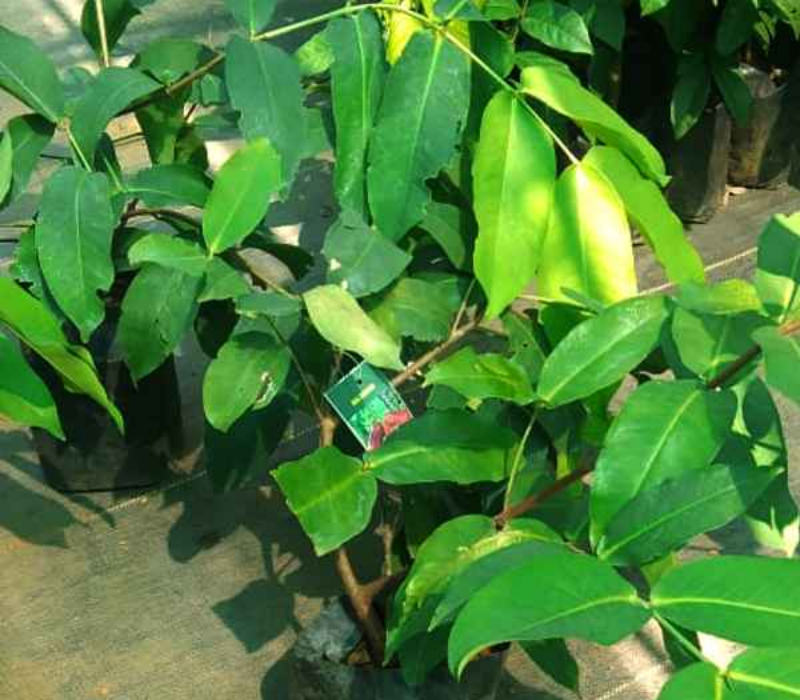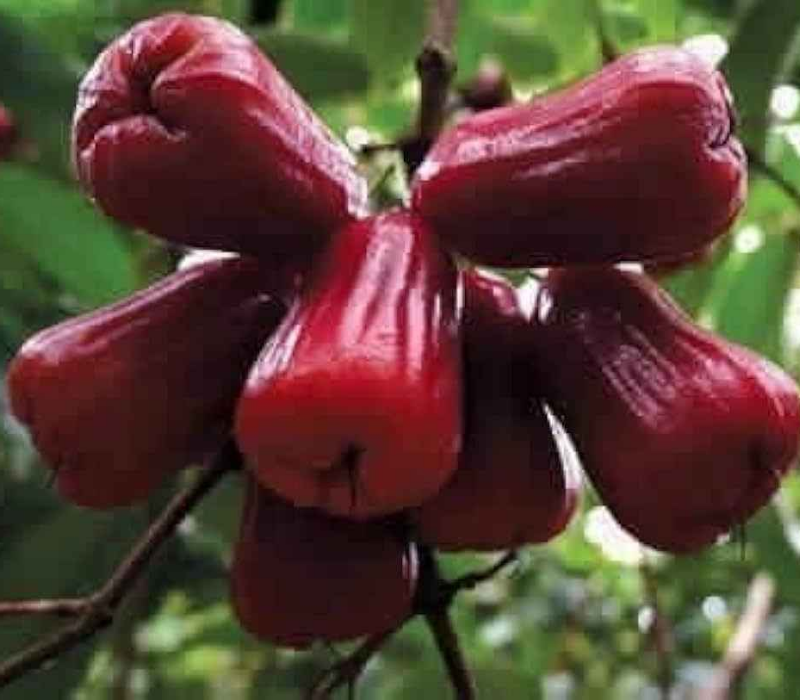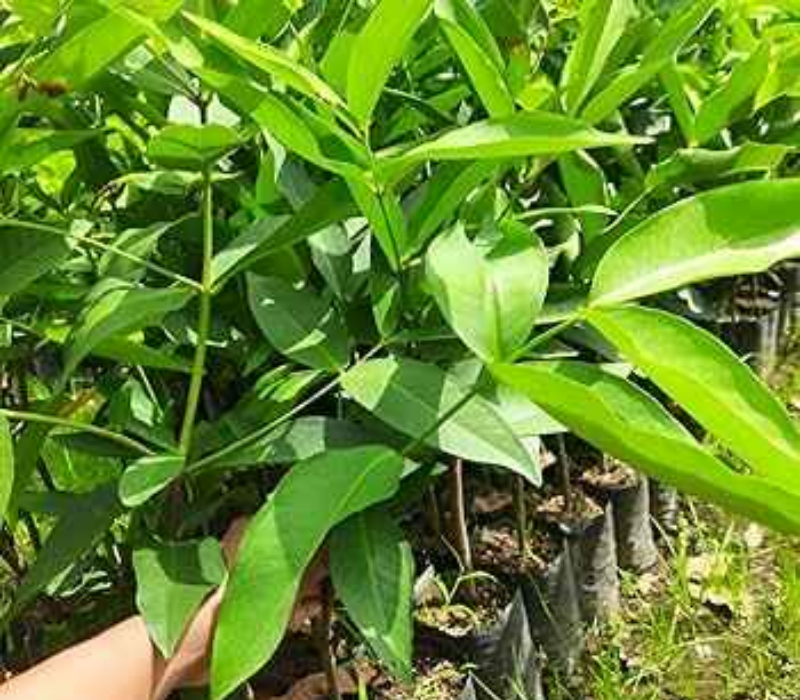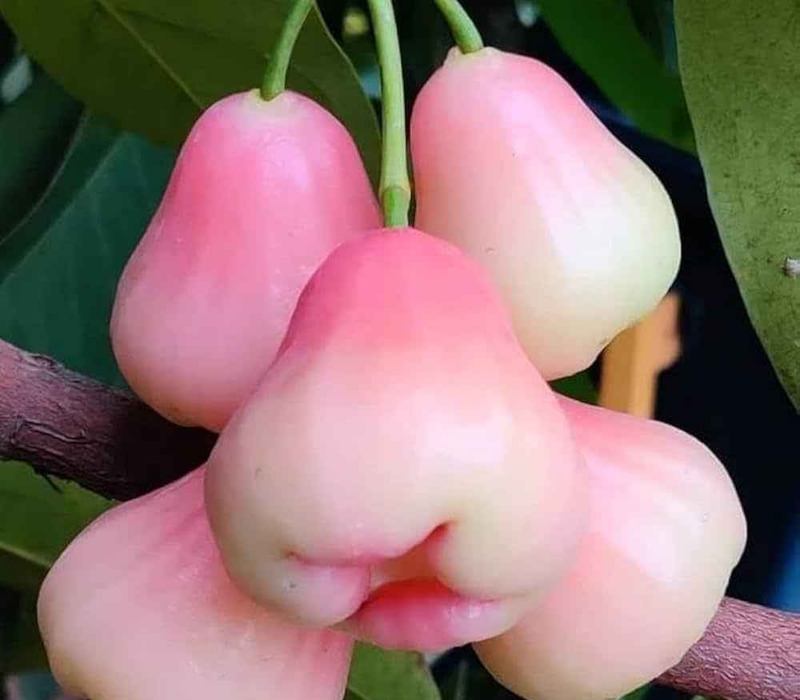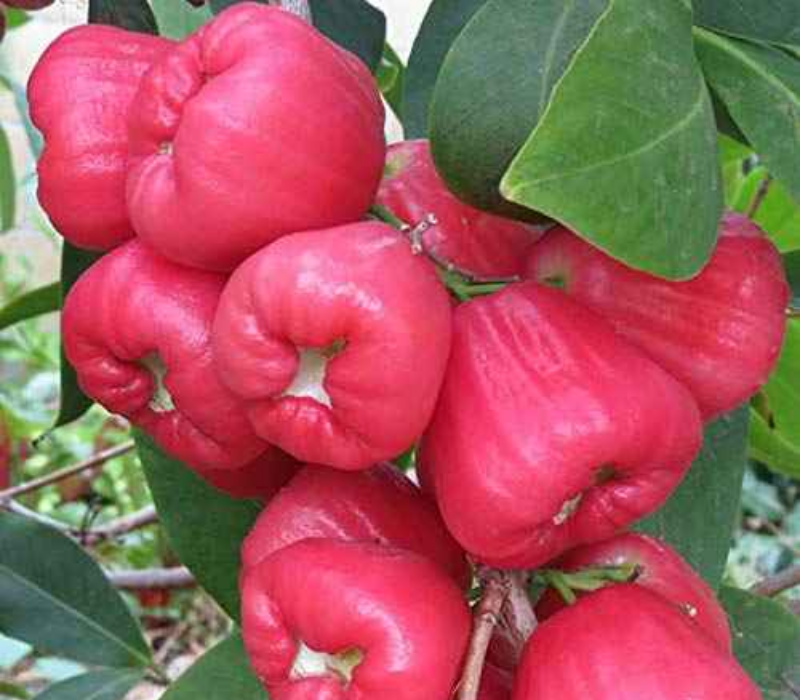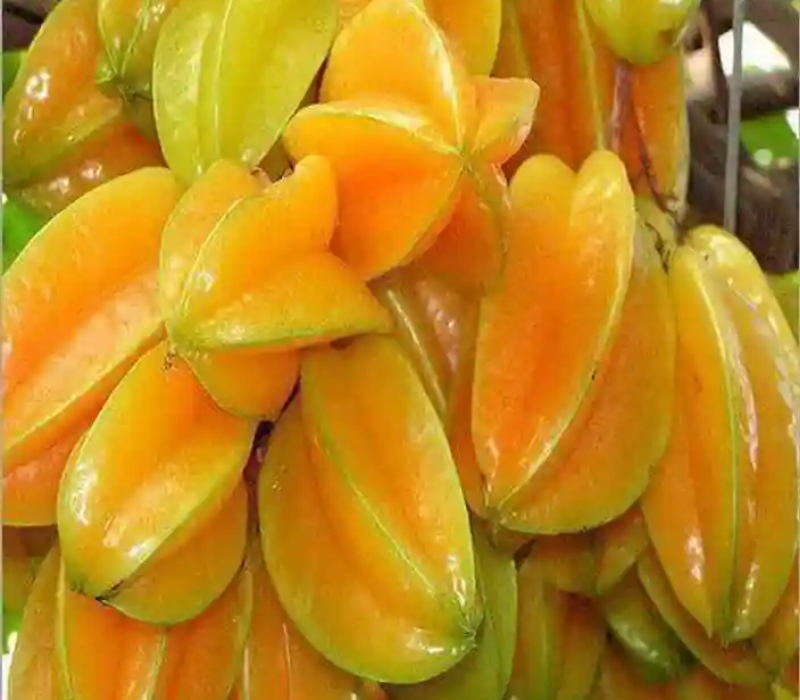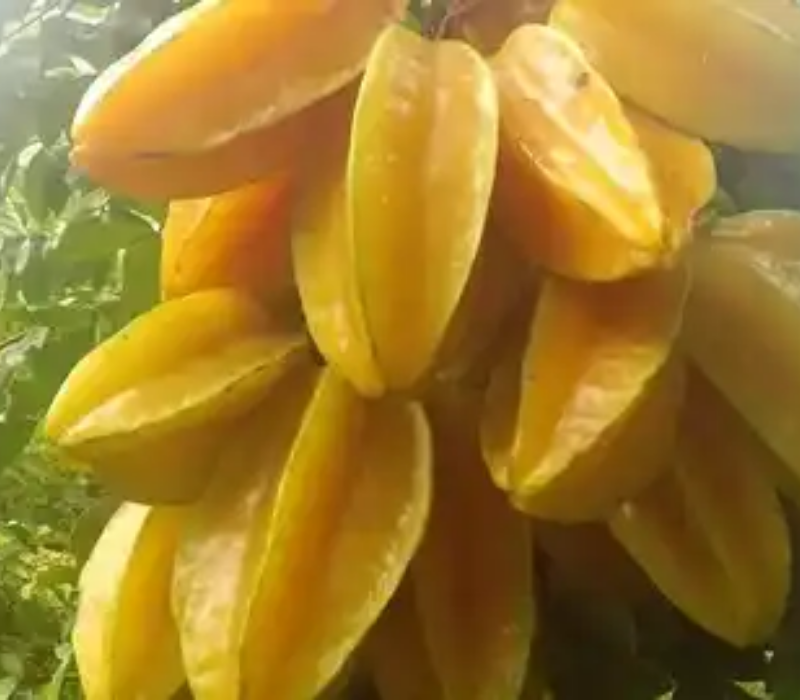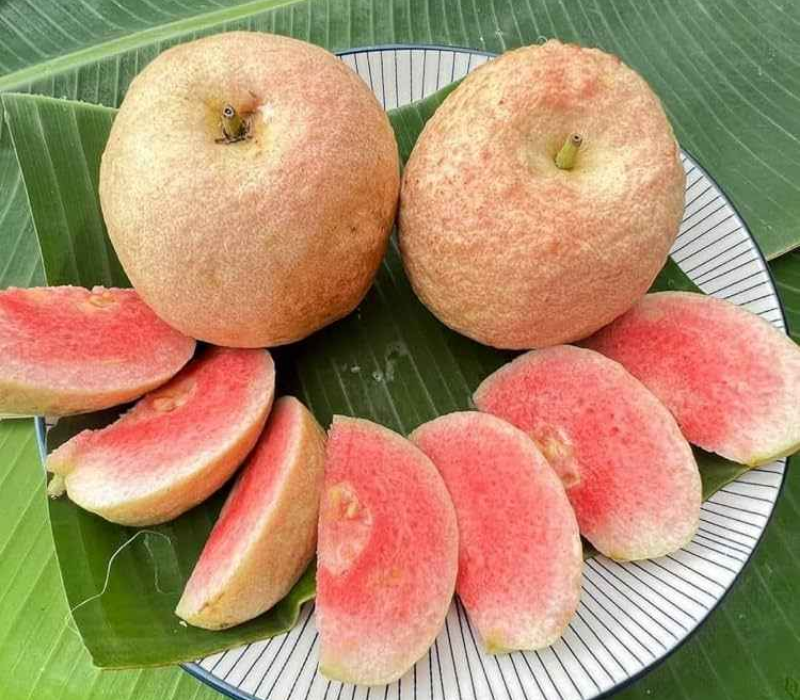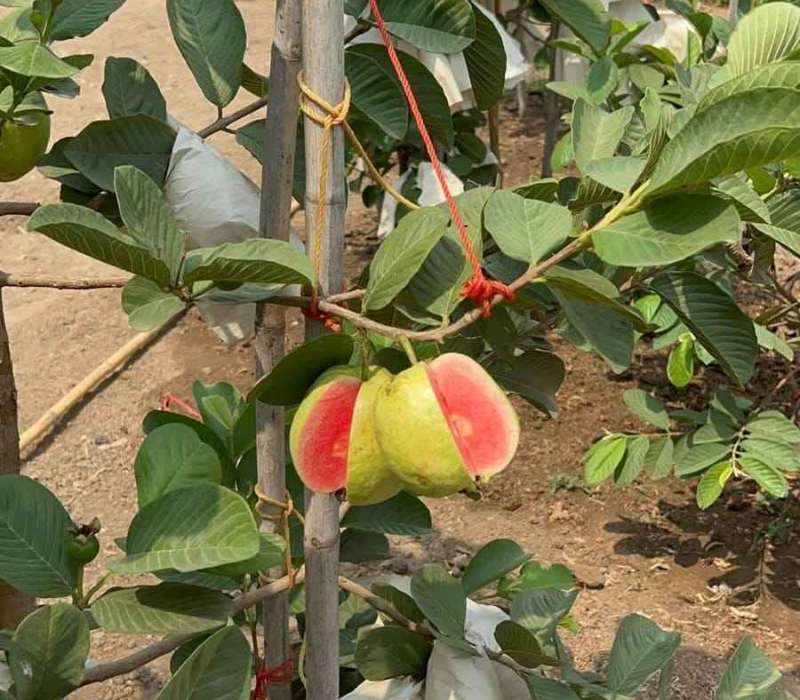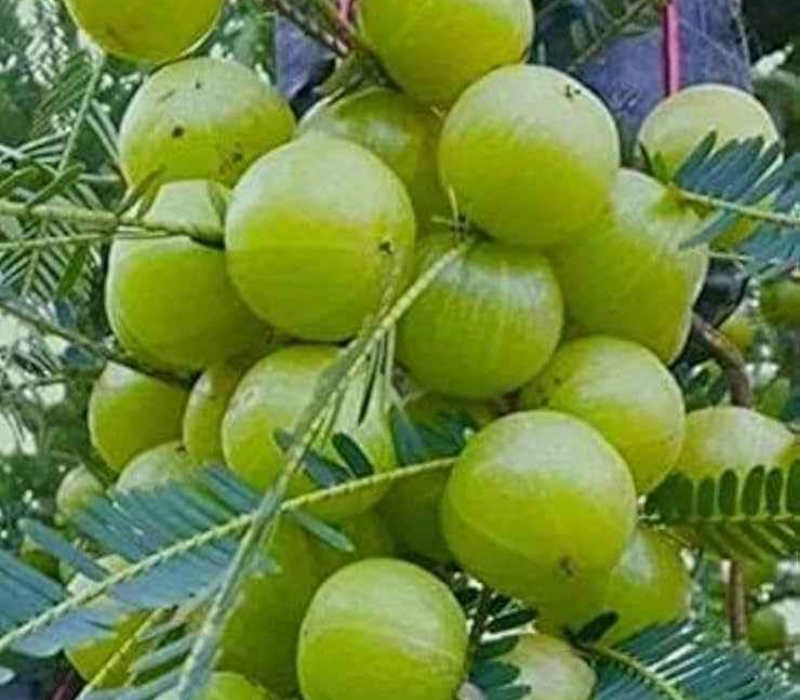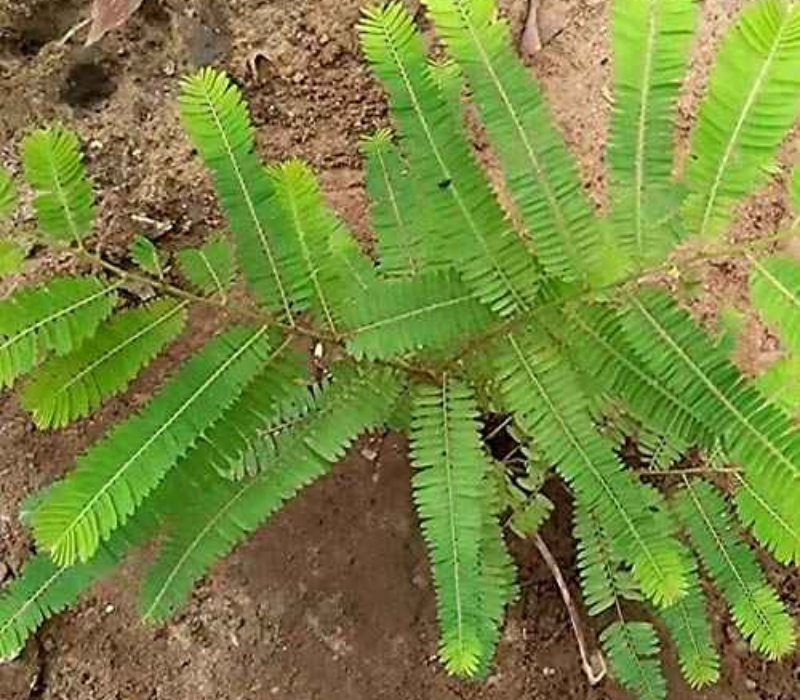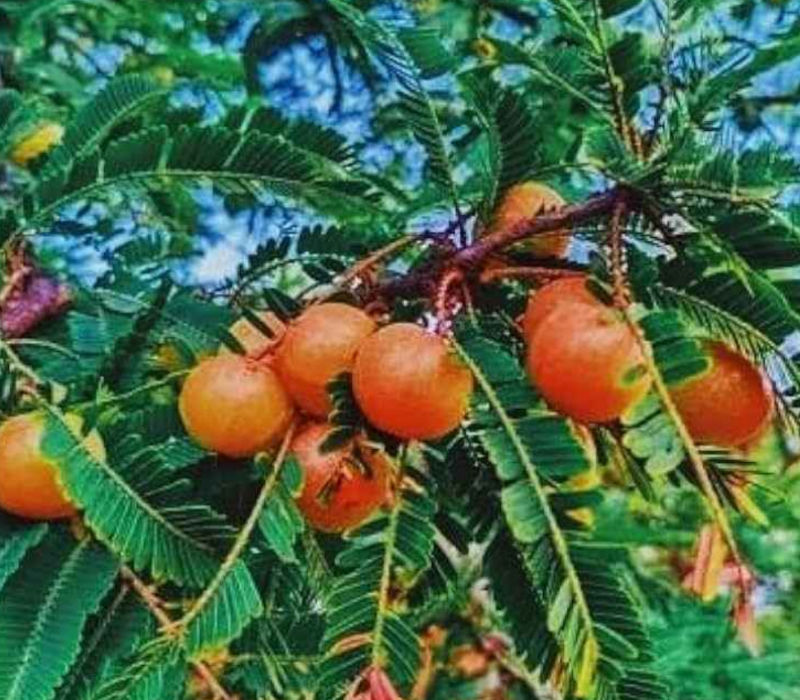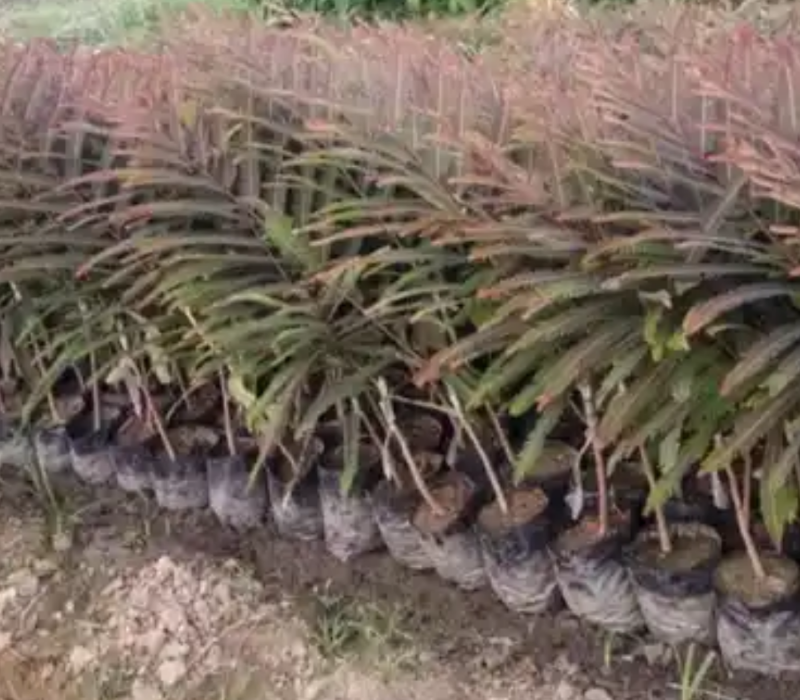Sort by
White Water Apple (Rose Apple)
- Bag Size : 5”X6”
- Bag Quality : Black Nylon Paper
- Plant Branch : Single Stick Branch
- Plant Height : Between 2-32ft
- Plant Quality : A Great & 100% Original
- Delivery Type : DTDC, Shree Maruti, Delivery Courier/Air/Train / Track Loading
- Delivery Time : Within 2-5days of Ordering
- *Terms and conditions*
- Minimum order is 5 pieces, otherwise the order will be canceled.
- If your order is canceled, 100% of the money will be refunded, But you have to cancel the order within 24 hours from the date of ordering.
King Kong Wax Apple(Water Apple)
- Bag Size : 5”X6”
- Bag Quality : Black Nylon Paper
- Plant Branch : Single Stick Branch
- Plant Height : Between 1-2ft
- Plant Quality : A Great & 100% Original
- Delivery Type : DTDC, Shree Maruti, Delivery Courier/Air/Train / Track Loading
- Delivery Time : Within 2-5days of Ordering
- *Terms and conditions*
- Minimum order is 10 pieces, otherwise the order will be canceled.
- If your order is canceled, 100% of the money will be refunded, But you have to cancel the order within 24 hours from the date of ordering.
Dalehari Chamba Water Apple
- Bag Size : 5”X6”
- Bag Quality : Black Nylon Paper
- Plant Branch : Single Stick Branch
- Plant Height : Between 2-3ft
- Plant Quality : A Great & 100% Original
- Delivery Type : DTDC, Shree Maruti, Delivery Courier/Air/Train / Track Loading
- Delivery Time : Within 2-5days of Ordering
- *Terms and conditions*
- Minimum order is 10 pieces, otherwise the order will be canceled.
If your order is canceled, 100% of the money will be refunded, But you have to cancel the order within 24 hours from the date of ordering
Missile Chamba Water Apple/Wax Apple
- Bag Size : 5”X6”
- Bag Quality : Black Nylon Paper
- Plant Branch : Single Stick Branch
- Plant Height : Between 1-2ft
- Plant Quality : A Great & 100% Original
- Delivery Type : DTDC, Shree Maruti, Delivery Courier/Air/Train / Track Loading
- Delivery Time : Within 2-5days of Ordering
- *Terms and conditions*
- Minimum order is 10 pieces, otherwise the order will be canceled.
- If your order is canceled, 100% of the money will be refunded, But you have to cancel the order within 24 hours from the date of ordering.
Bali Chamba Water Apple
- Bag Size : 5”X6”
- Bag Quality : Black Nylon Paper
- Plant Branch : Single Stick Branch
- Plant Height : Between 1-2ft
- Plant Quality : A Great & 100% Original
- Delivery Type : DTDC, Shree Maruti, Delivery Courier/Air/Train / Track Loading
- Delivery Time : Within 2-5days of Ordering
- *Terms and conditions*
- Minimum order is 10 pieces, otherwise the order will be canceled.
If your order is canceled, 100% of the money will be refunded, But you have to cancel the order within 24 hours from the date of ordering
Sweet Star Fruit
- Bag Size : 5”X6”
- Bag Quality : Black Nylon Paper
- Plant Branch :Single Stick Branch
- Plant Height :Between 1-2ft
- Plant Quality :A Great & 100% Original
- Delivery Type : DTDC, Shree Maruti, Delivery Courier/Air/Train / Track Loading
- Delivery Time : Within 2-5days of Ordering
- *Terms and conditions*
- Minimum order is 5 pieces, otherwise the order will be canceled.
- If your order is canceled, 100% of the money will be refunded, But you have to cancel the order within 24 hours from the date of ordering.
Thai Red King Guava
Here’s a detailed quality description of Thai Red King Guava:-
🍎 Thai Red King Guava – Quality & Characteristics:-
- Color:
- Skin: Light green to yellowish when ripe.
- Flesh: Attractive pink to deep red color (rich in lycopene pigment).
- Taste:
- Sweet and mildly tangy.
- Crunchy yet juicy texture.
- Softer and fewer seeds compared to normal guavas.
- Brix (°Bx):
- Generally ranges between 10–12° Brix (sometimes up to 13° in well-ripened fruits).
- Indicates medium to high sweetness.
- TSS (Total Soluble Solids):
- Around 11–13%, showing good balance of sugars and organic acids.
- Ensures pleasant sweetness and refreshing flavor.
-
Average Weight: 400 – 600 grams per fruit
-
Well-grown fruits: Can reach 700 – 900 grams
-
Exceptional fruits (under ideal care): Sometimes even cross 1 kg per fruit
- Nutritional Safety:
- Rich in Vitamin C, antioxidants, and lycopene, making it highly beneficial for immunity, skin, and digestion.
- Low in calories and fat.
- Safe for diabetic patients (low glycemic index) in moderate consumption.
- Naturally grown without harmful residues if good farming practices are followed.
- Shelf Life & Handling:
- Shelf life: 5–7 days at room temperature, 2–3 weeks under cold storage (10–15°C).
- Firm skin makes it safe for transport and handling.
✅ Summary:
Thai Red King Guava has greenish-yellow skin, red-pink sweet flesh, 10–12° Brix sweetness, 11–13% TSS, and is safe, nutritious, and export-quality with good shelf life.
Would you like me to make a comparison chart (Thai Red King Guava vs Normal White Guava) for color, taste, Brix, TSS, and health benefits? That will make it easier to see the difference.
Green Amla
- Bag Size :5”X6”
- Bag Quality :Black Nylon Paper
- Plant Branch :Single Stick Branch
- Plant Height :Between 1-2ft
- Plant Quality : A Great & 100% Original
- Delivery Type : DTDC, Shree Maruti, Delivery Courier/Air/Train / Track Loading
- Delivery Time : Within 2-5days of Ordering
- *Terms and conditions*
- Minimum order is 10 pieces, otherwise the order will be canceled.
- If your order is canceled, 100% of the money will be refunded, But you have to cancel the order within 24 hours from the date of ordering.
Red Amla
- Bag Size : 5”X6”
- Bag Quality : Black Nylon Paper
- Plant Branch :Single Stick Branch
- Plant Height :Between 2-2.6ft
- Plant Quality :A Great & 100% Original
- Delivery Type : DTDC, Shree Maruti, Delivery Courier/Air/Train / Track Loading
- Delivery Time : Within 2-5days of Ordering
- *Terms and conditions*
- Minimum order is 5 pieces, otherwise the order will be canceled.
- If your order is canceled, 100% of the money will be refunded, But you have to cancel the order within 24 hours from the date of ordering.







